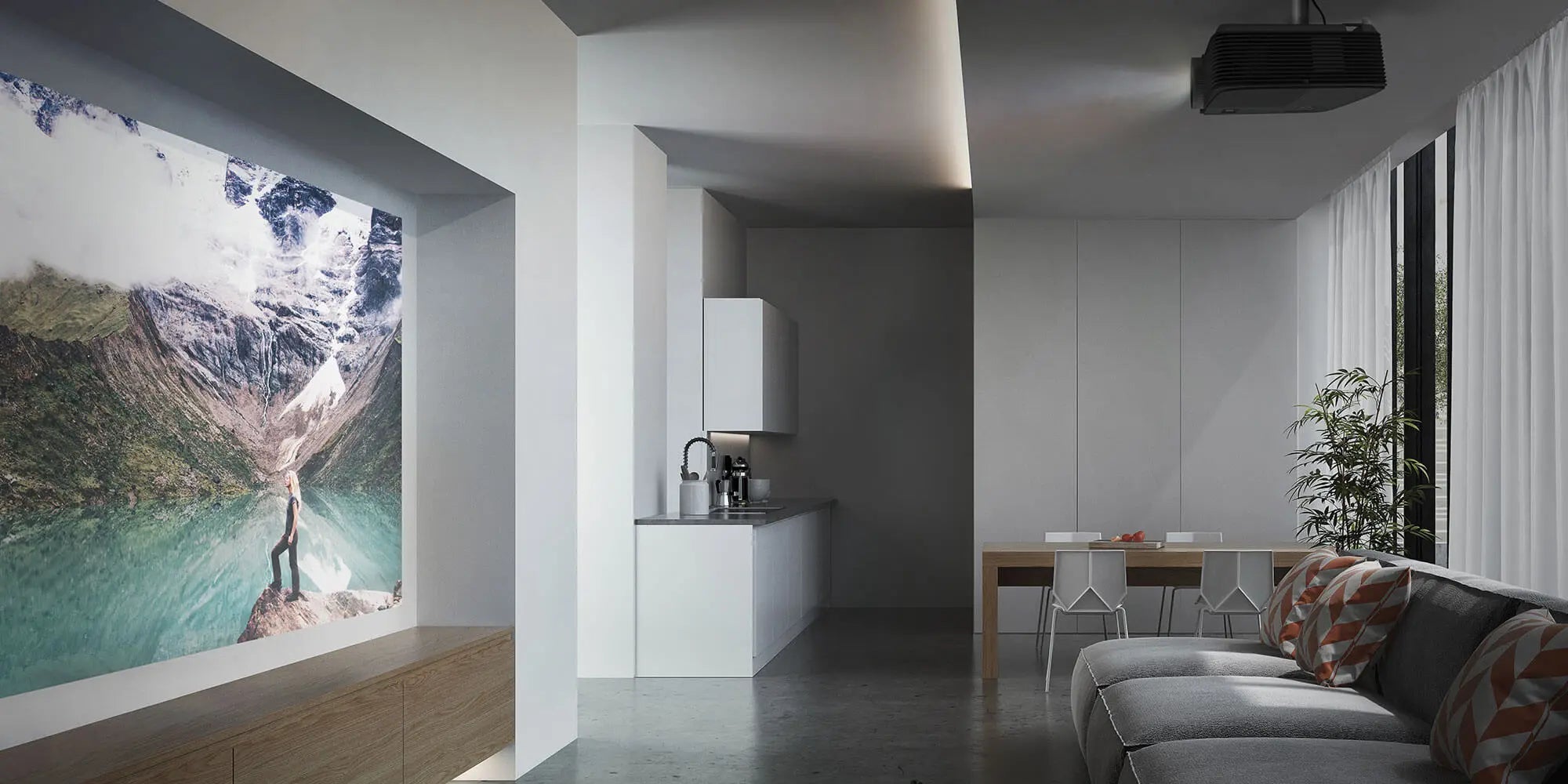If you own a projector, you’ve probably heard a lot about ALR and CLR projector screens, which are becoming extremely popular. However, what is the difference between an ALR and CLR projector screen?

The main difference between ALR and CLR projector screens lies in how they reject ambient light. ALR projector screens reflect ambient light away from the audience, while CLR projector screens absorb ambient light. CLR projector screens also specialize in rejecting overhead light.
An ambient light rejecting screen negates the washout effects of ambient light while maintaining superb picture quality under normal room lighting conditions. The ambient light rejecting projector screen is the perfect solution for rooms that have little or no control over incidental light.
There are many ambient light rejection projector screen variants to choose from. This includes CLR® or ceiling light rejecting projector screen materials are specially designed for the presence of overhead light sources commonly encountered in residential and commercial environments. This type is also specifically geared toward UST or ultra short throw projectors.
The ALR projector screen is superior to traditional white or gray materials in its ability to maintain a sharp, bright image regardless of ambient light. The angular reflective or retro reflective material incorporates a diffusion layer over a highly reflective surface. This causes direct light from the projector to reflect squarely into the viewer's field of vision while the outer contrast layer enhances image quality while absorbing indirect ambient light.



